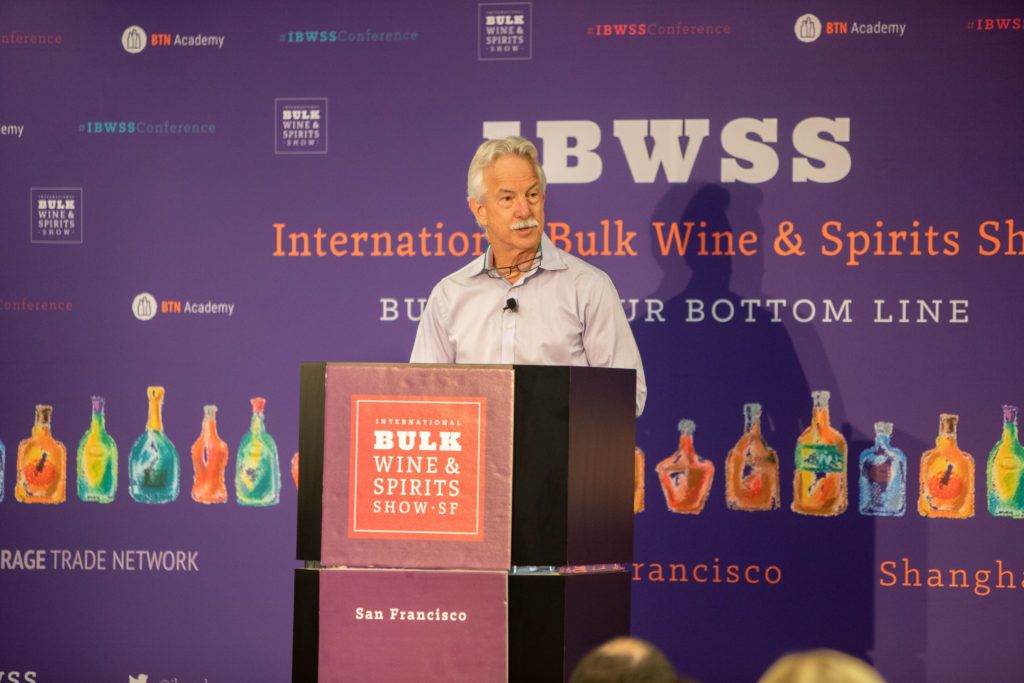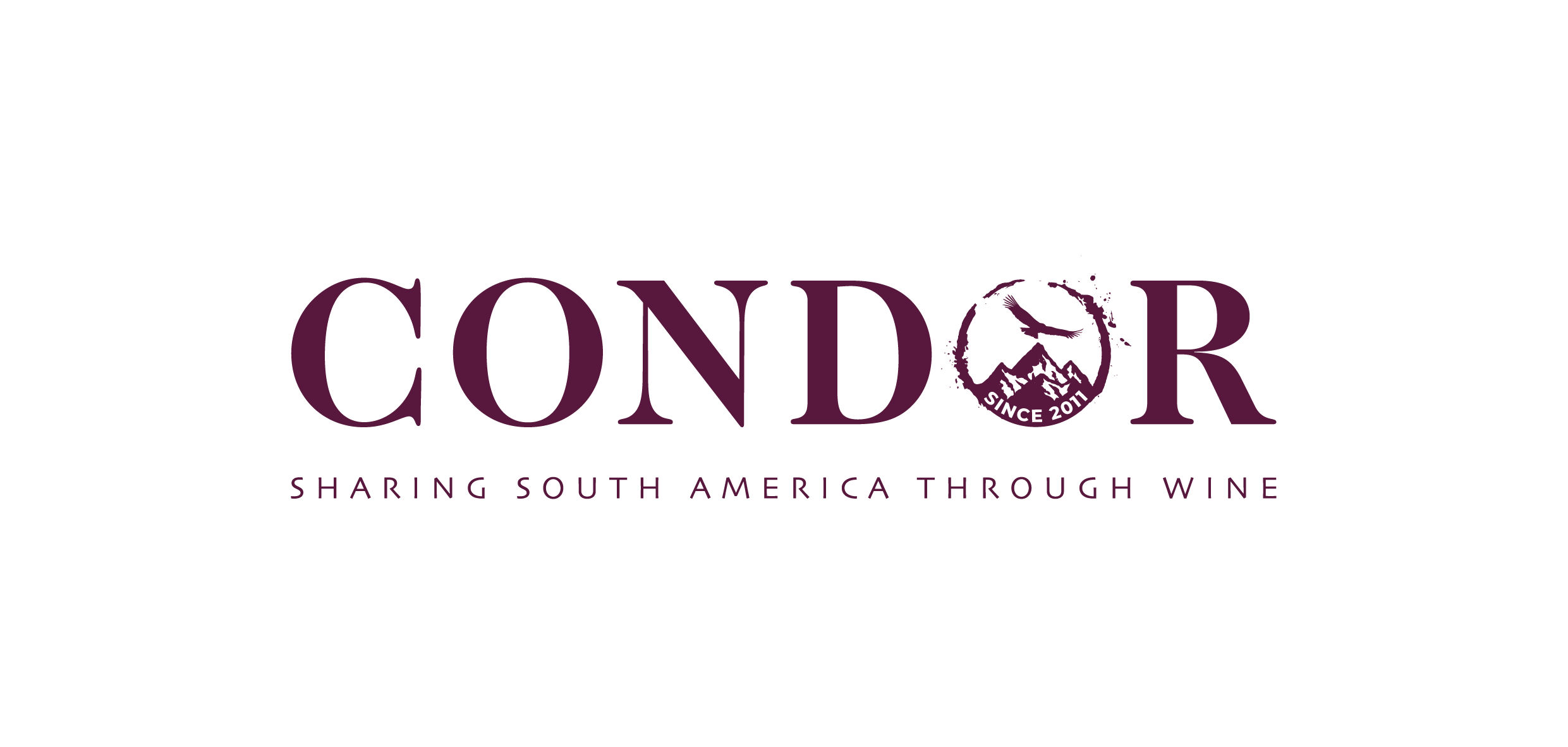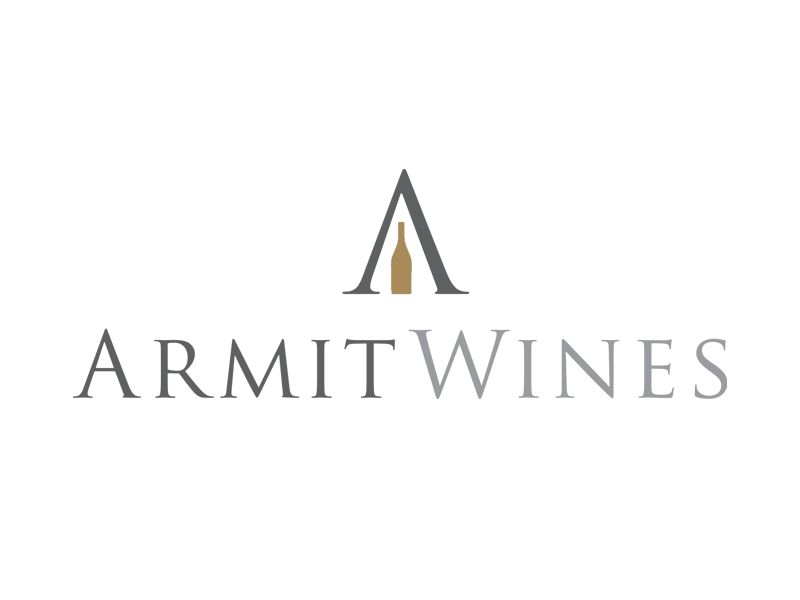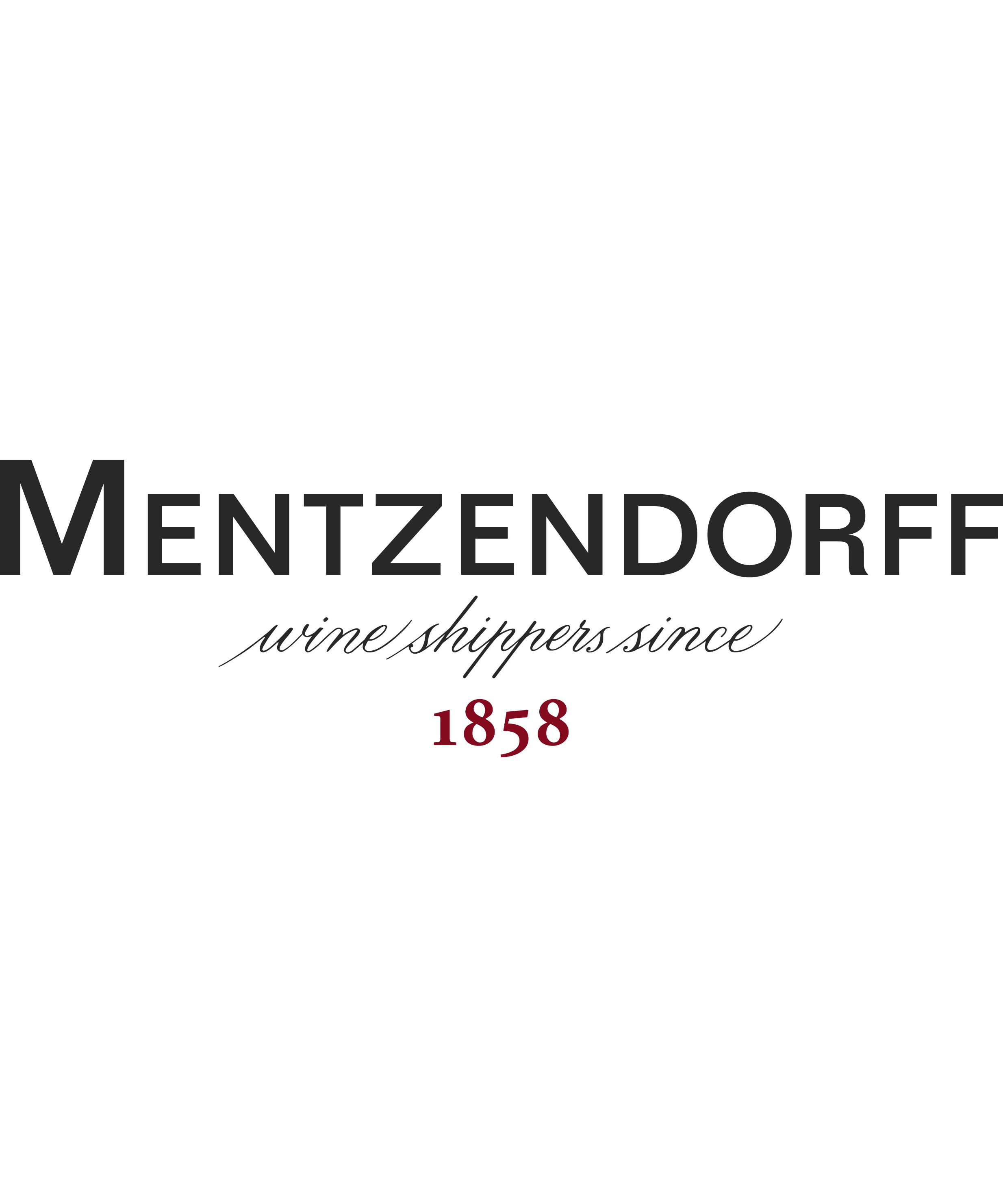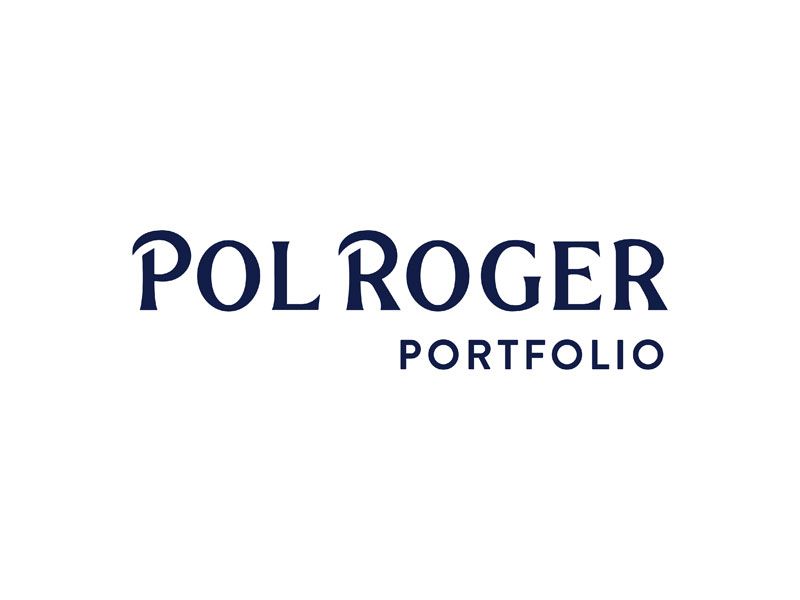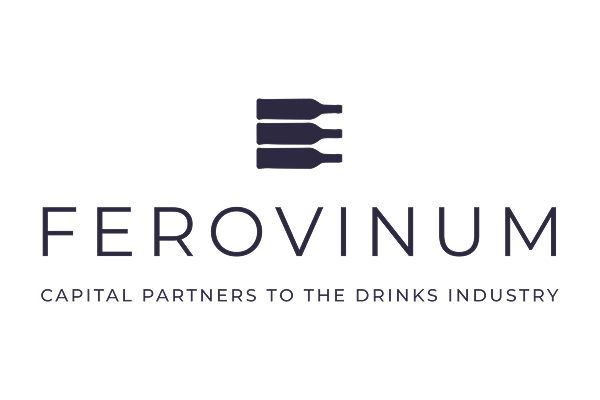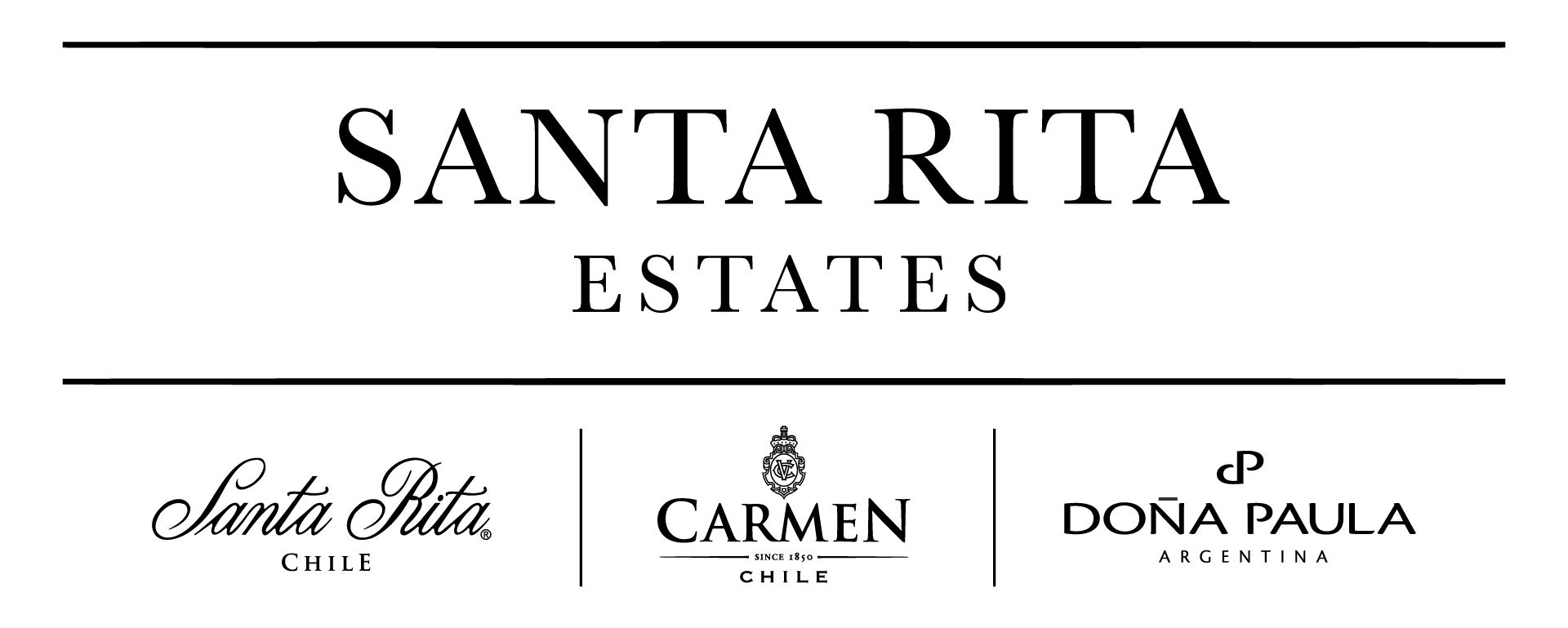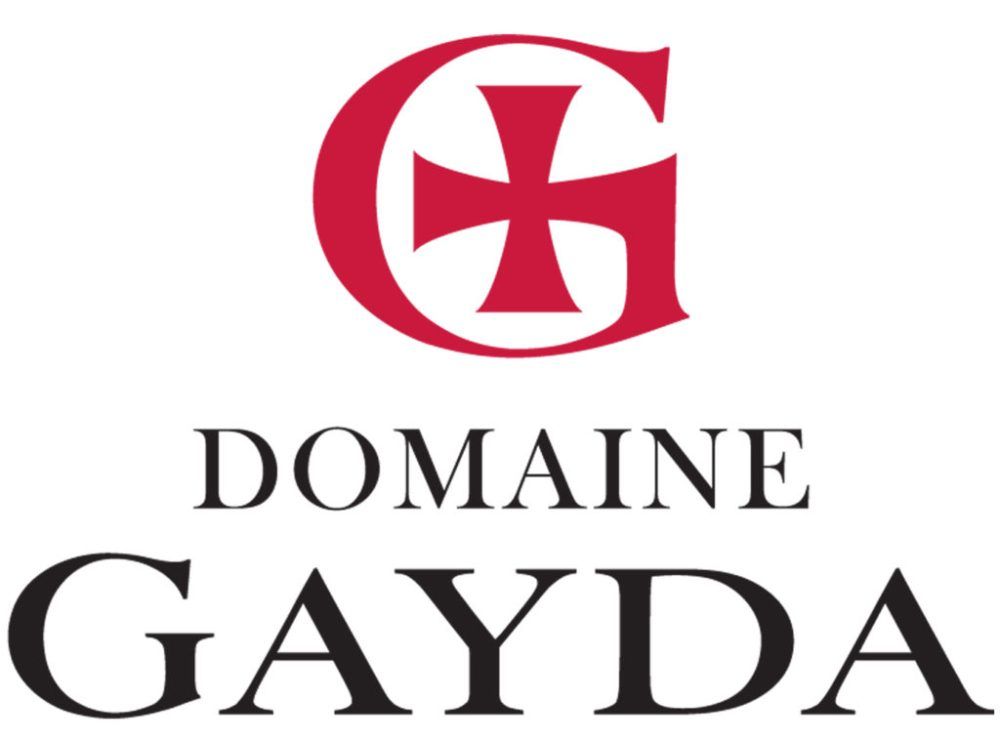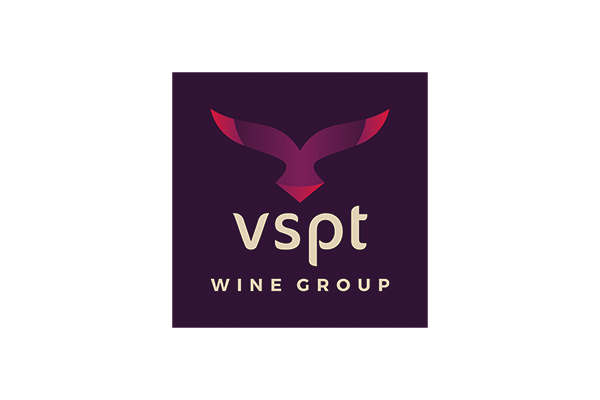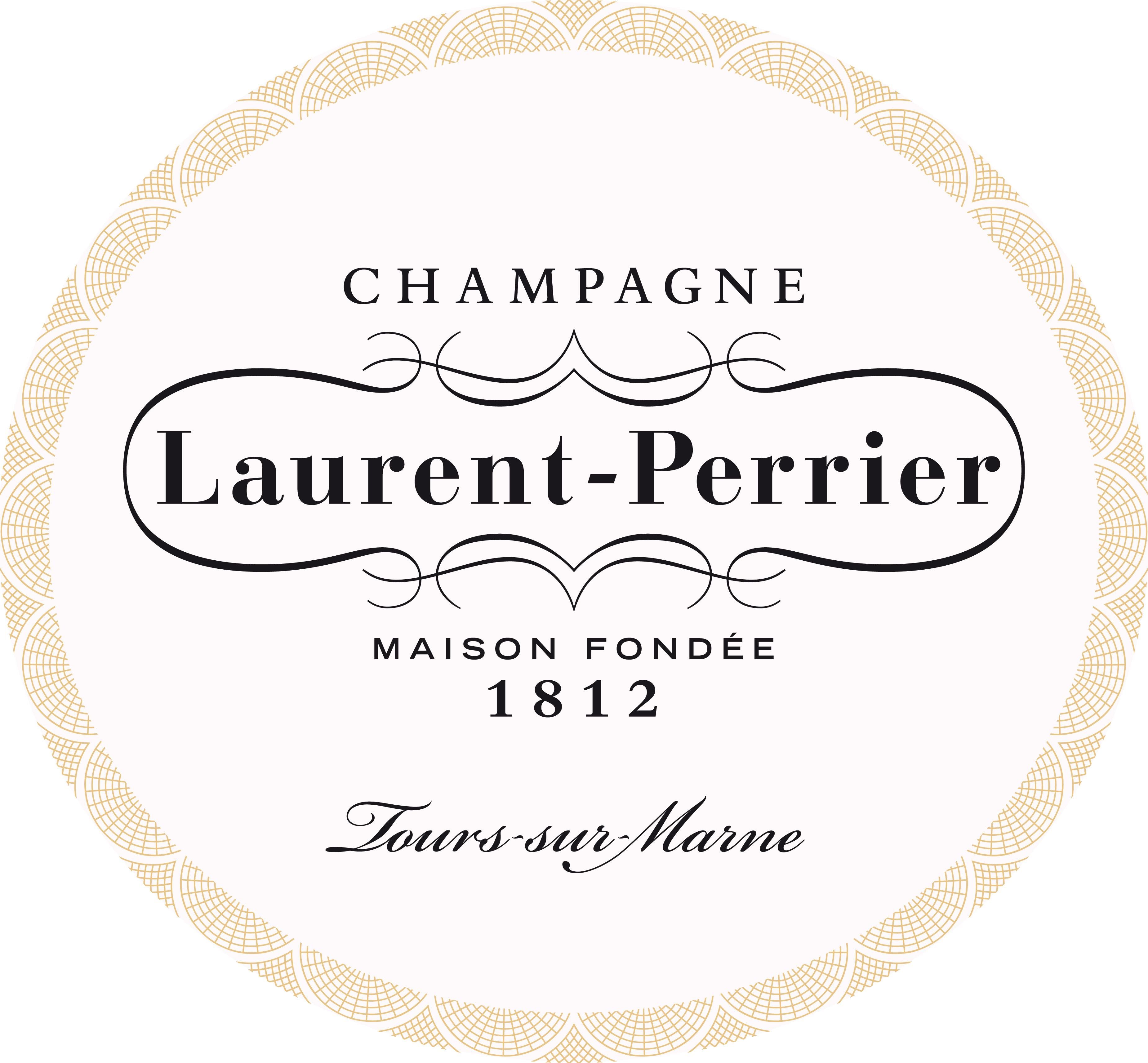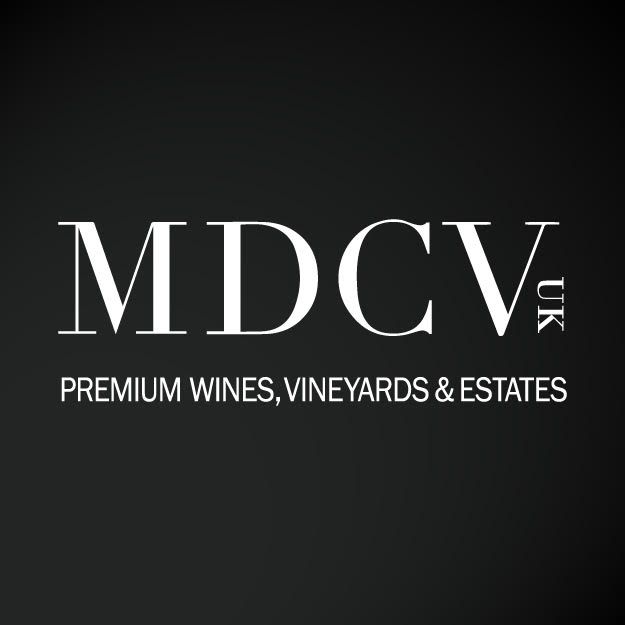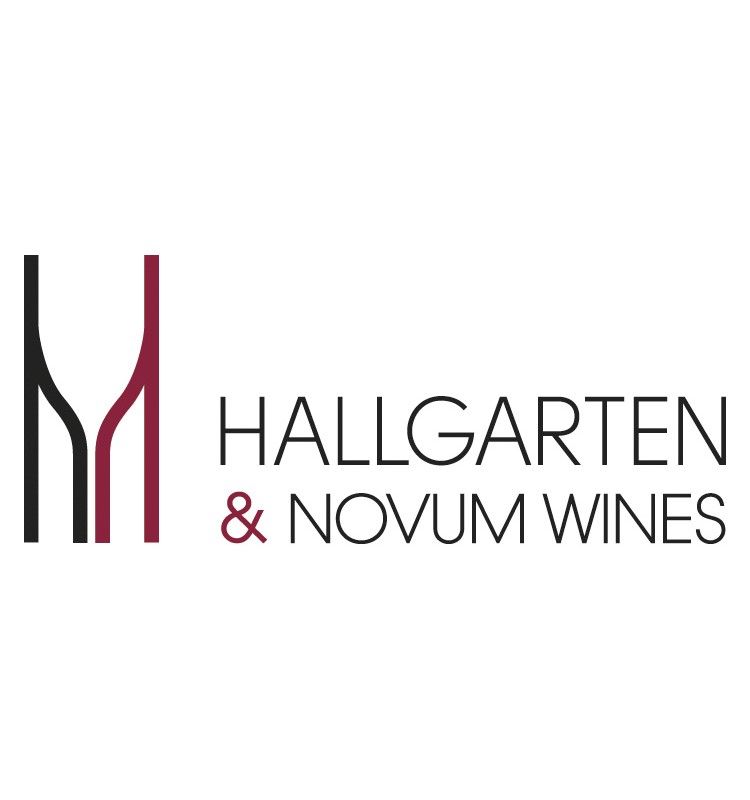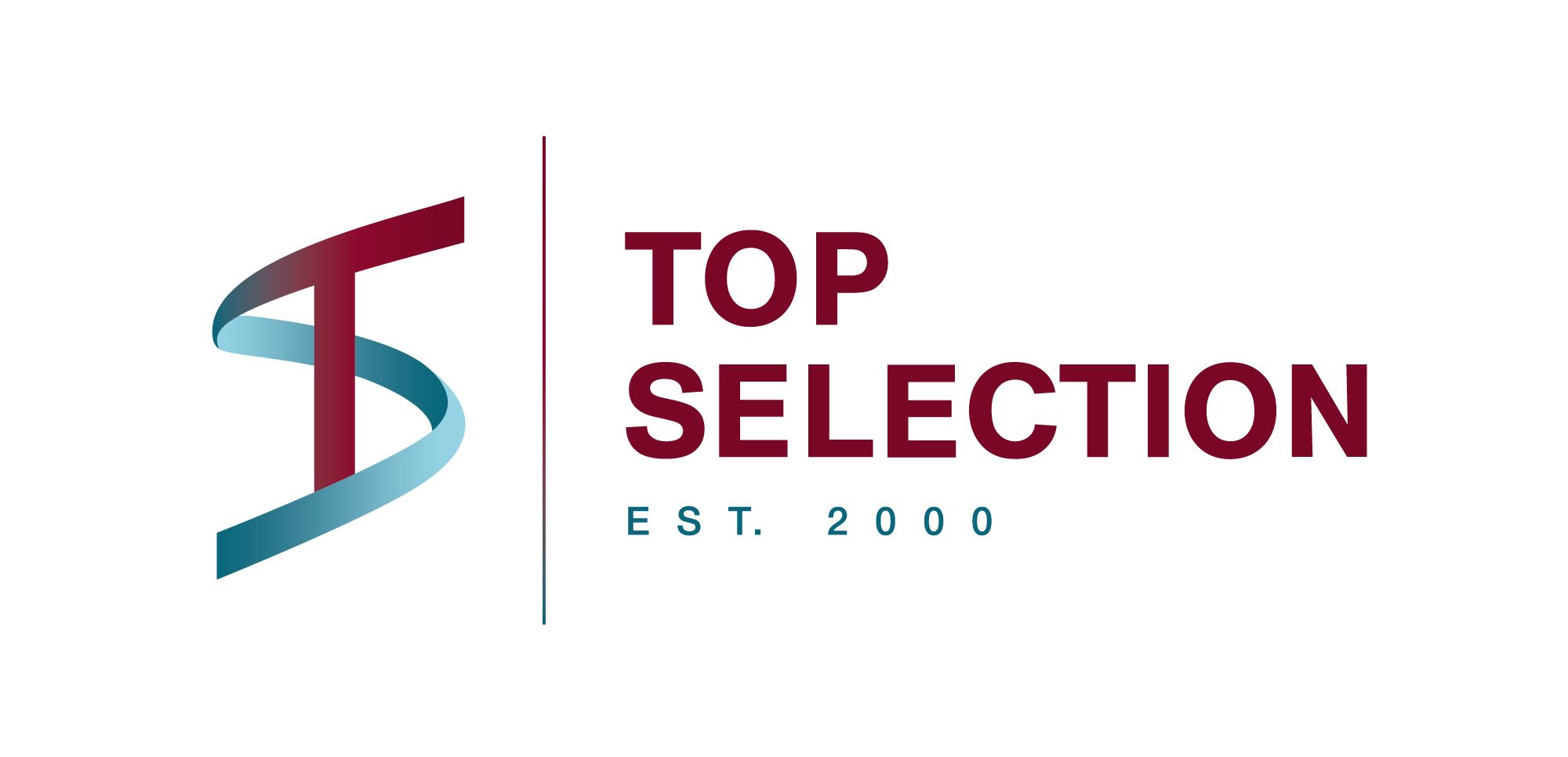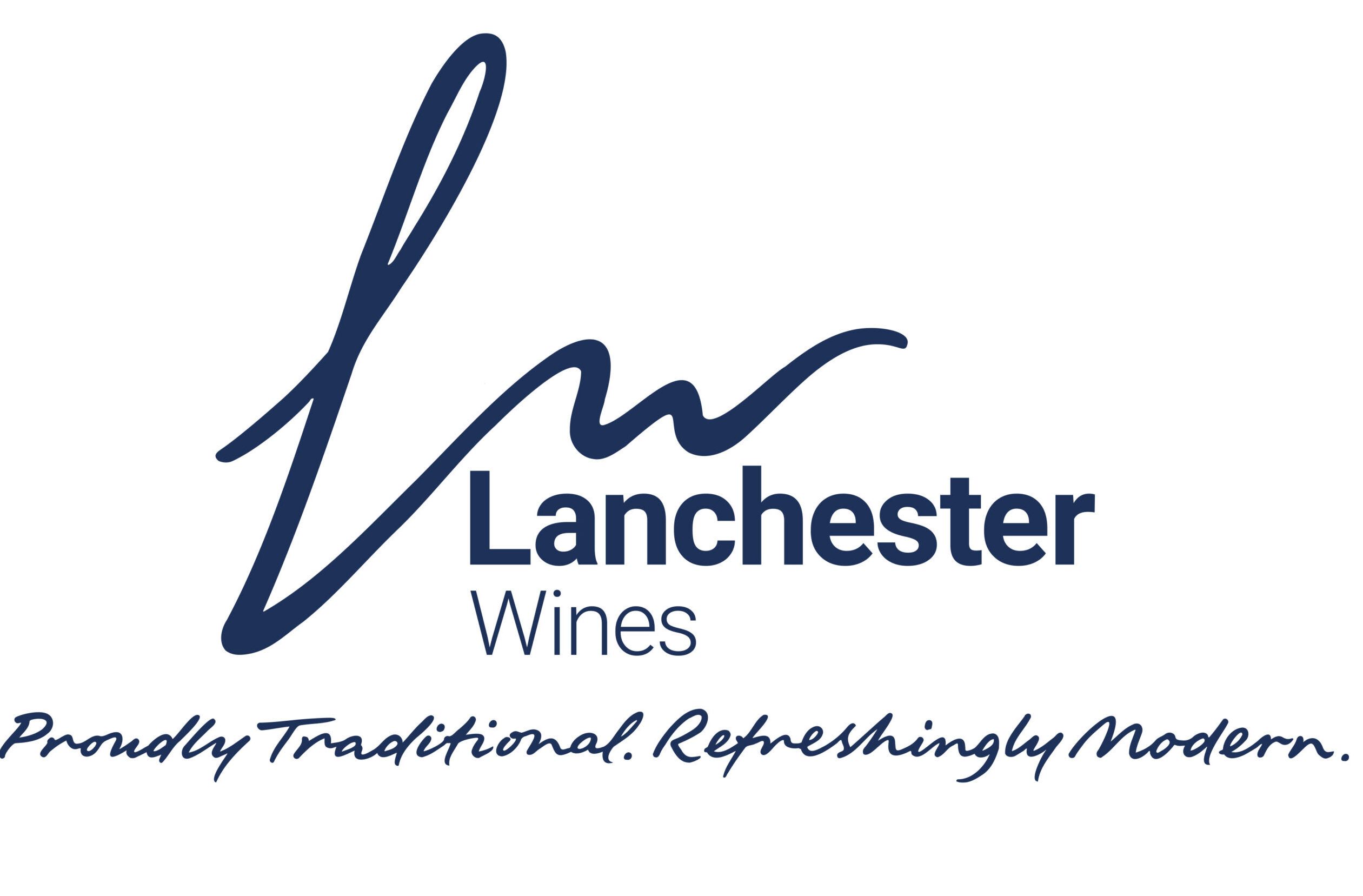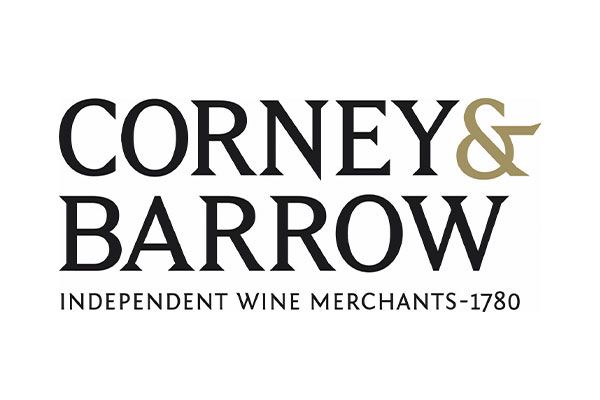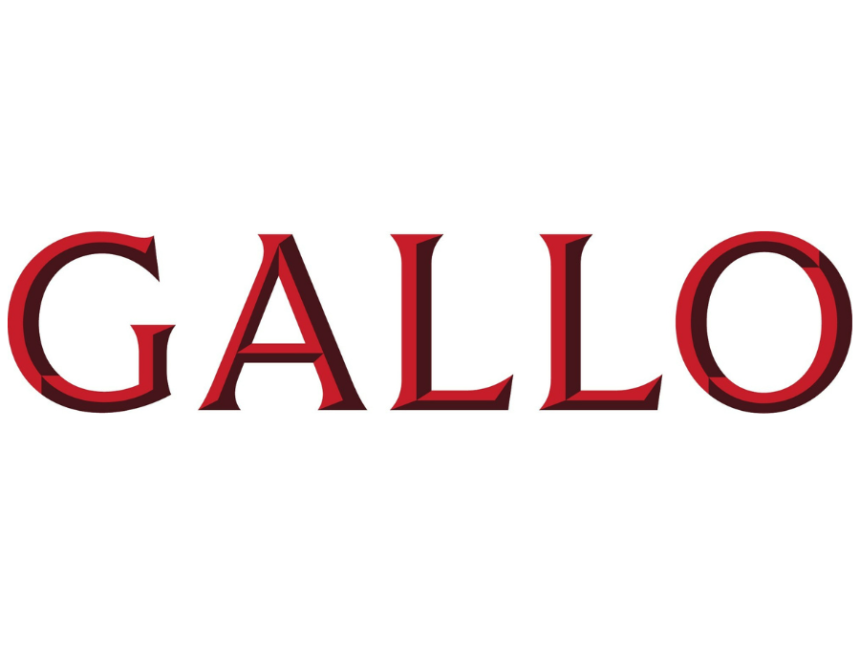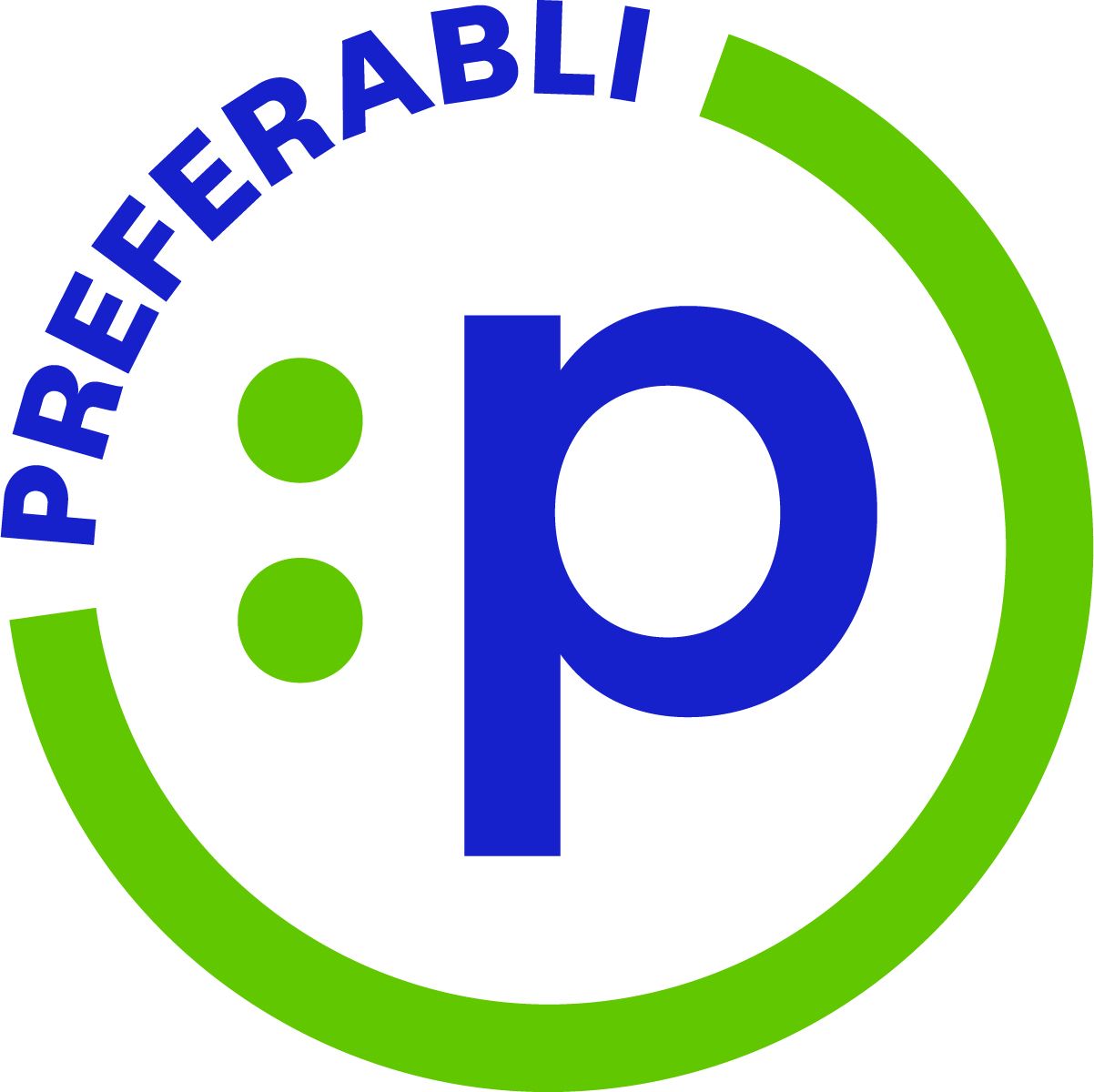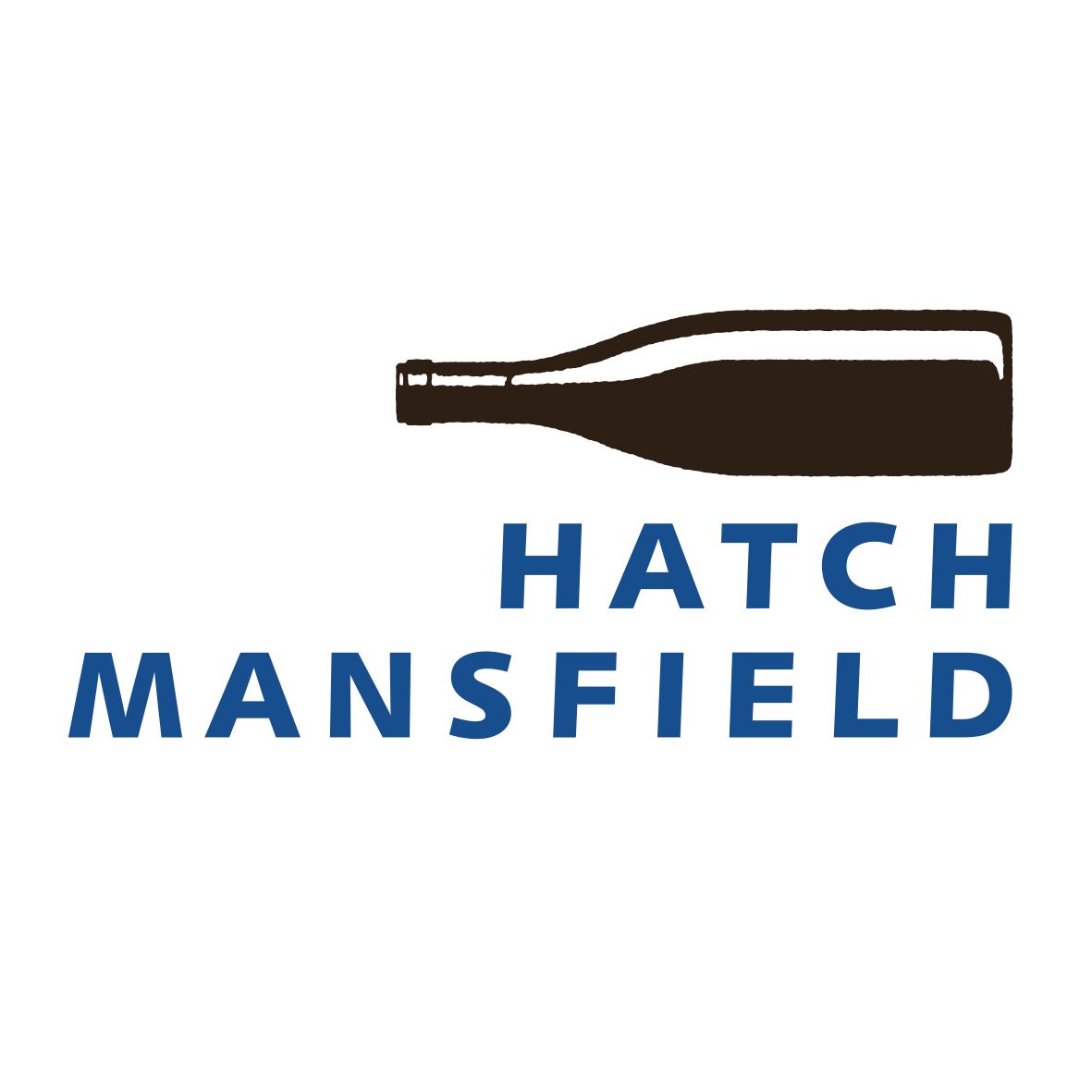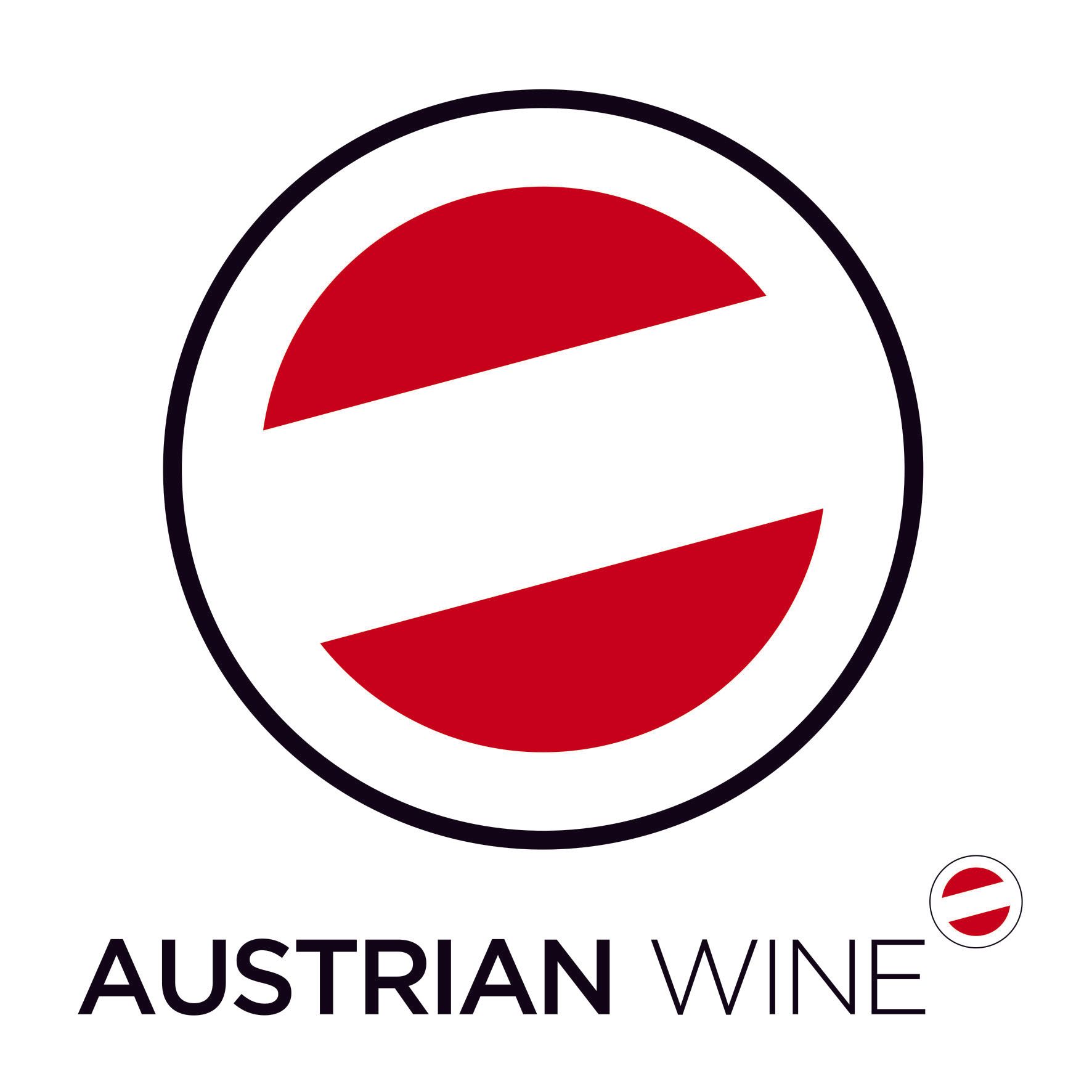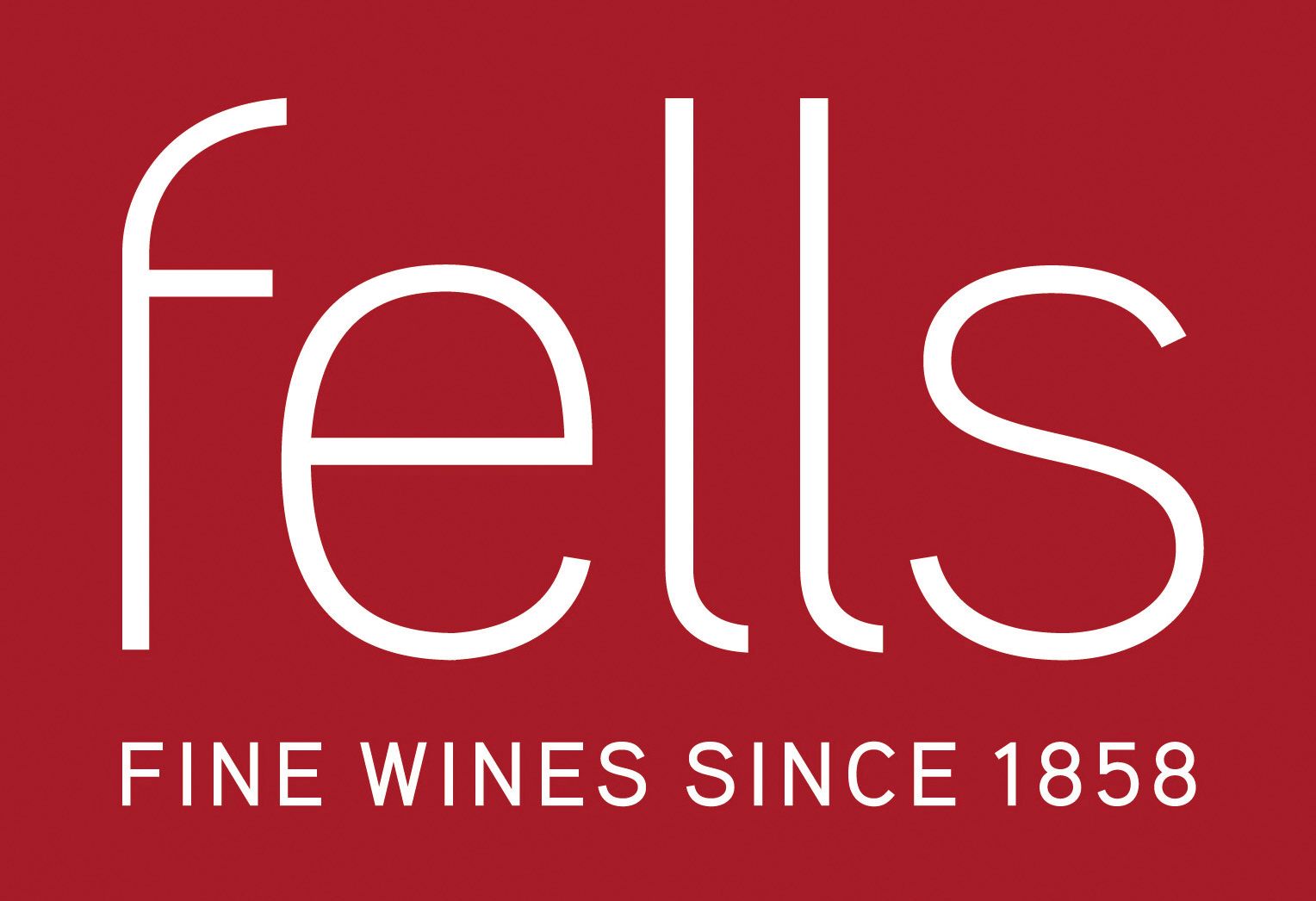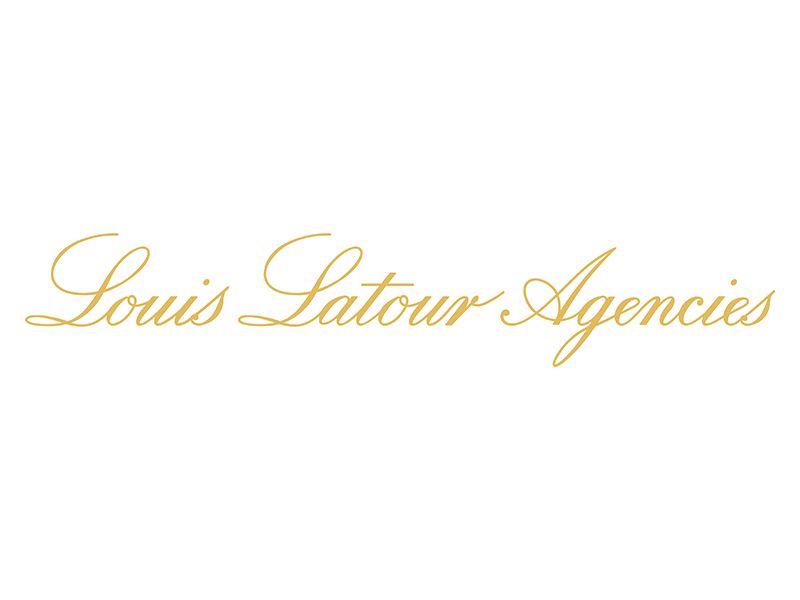The rise in private label not only makes sense to retailers and restaurant groups looking to take more control of their wine supply chain, it also works for producers looking to off load increased volumes on the back of bumper world harvests. But it’s a complicated market and producers and operators need to tread carefully.
Speaking at last month’s International Bulk Wine and Spirits Show in San Francisco, vice president of global sourcing for WX Brands, Kurt Lorenzi, acknowledged that compared to the large retail chains in Europe, the US lags behind when it comes to private label. But it is starting to catch up fast. Particularly when it only has to look at Europe and other mature wine markets around the world to see just how important private label has become to the international wine market.
“We’ve been slower to embrace it,” he said. “We are a brand dominated country, but we’re now between 8-10% of market penetration, and that’s grown.”
According to Nielsen private label retail sales in the US have increased 17% to $7.9 billion over the past three years. Up to now a lot of that growth has come from online retail, and wine clubs such as Naked Wines, but the demand and need for private label is only going to get bigger.
This was the view of Mari Kelly, vice president, private label wine sales and business strategy for Terressentia Corporation in the US, who attributed private label as an opportunity for retailers, distributors, and suppliers to escape the “race to the bottom” when it comes to price and margins.

Delegates at the recent IBWSS event in San Francisco were given step by step guides on how to succeed in private label
Private label also presents an opportunity for producers facing excess supply. But it is not always as easy as it might sound. Selling off surplus bulk wine needs to be handled carefully and with global production on the rise and consumption flat, the current state of the market presents challenges, warned Lorenzi.
He referred to California as a prime example, where after a couple of big vintages, supply has well surpassed the demand for bulk wine, and producers are being forced to sell at heavily discounted prices. “It takes time and resources,” warned Lorenzi. “You’ll be taking a number.”
Going down the bulk route also does not take into consideration what happens when there is no excess. “You’ve already invested time and money into these sales, and then you’re going to let those go away?” asked Lorenzi.
The right strategy
Lorenzi highlighted two possible action plans for producers with too much volume on their books:
- Develop an alternate sales channels for bulk wine – folding own-brand private label into the long-term business plan and taking pressure off the primary brand.
- Look to build ongoing relationships with key trade customers, but this must form part of the overall business strategy as it can involve “significant investment of time and resources” and a willingness to work collaboratively with the customer from concept to delivery.

Delegates at IBWSS San Francisco came from across both the producer/supplier and retailer/ restaurants side of the industry
Making the decision to get into the private label game is only the beginning. Any private label supplier will face a multitude of considerations that will determine how successful any private label brand will be and, equally important, how long they will be able to keep the relationship with their customer.
First and foremost, it is vital you understand the market you are in. “Ignorance of the market, our own enthusiasm for how wine should be – which is not reality – is destructive downstream into the market,” said wine consultant, Tim Hanni MW.
You will need to be on top of forecasting, volume trends and price points. You will need to know the most popular grape varieties and the regions where you need to go to buy them. You will also need to benchmark any private label against benchmark brands in the sector and identify what competitive advantage you can offer.
It’s not enough just to say you have a “great wine,” said Lorenzi. “We’re no longer in a one-country market, we’re in a global market.” He added: “It needs to be value, something better than the adjacent brands on the shelf.”
Steve Dorfman of Ciatti, the bulk wine specialists, agreed: “The wine is the ante. It has to be good, you can’t work with anything less these days.”
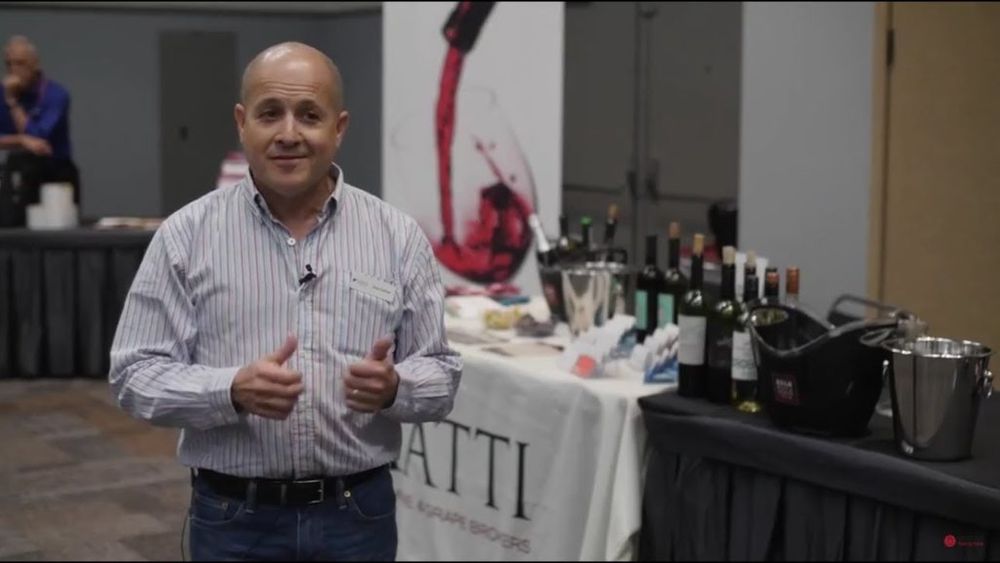
Steve Dorfman at Ciatti says suppliers need to come to retailers with more than just a “good wine”
What the customer wants
To succeed in private label you also need to know your target customer inside out. What differentiates them from other retailers and what level of service do they expect from their suppliers? National and regional retailers have diverse profiles and do not fit the one-size-fits-all model; the supplier needs to be able to cater to their specific needs and wants.
It may also require flexibility and innovation in order to be able to respond to the ebb and flow of consumer trends, ensuring your retail or restaurant customer has the right product that will sell through their business.
Dorfman, for example, picked out three current key trends that a retail customer would expect their private label supplier to be on top of: the fact Cabernet Sauvignon has surpassed Chardonnay in sales; how wines that can show they are sustainable can be sold at a premium price, particularly to millennials; and canned wine is “more than a fad.”
Compelling design and packaging are all-important for private label wines, which are less likely to have a winery or vineyard story behind them. “How do you differentiate from everyone else on the shelf?” asked Lorenzi.
But it is not about being adventurous for the sake of it, your designs needs to match the expectations and needs of the customer, and requirements can be very extreme, so the supplier must be able to not only match the set parameters dictated by the customer, but also ensure that what is delivered is consistent and matches what was originally approved.
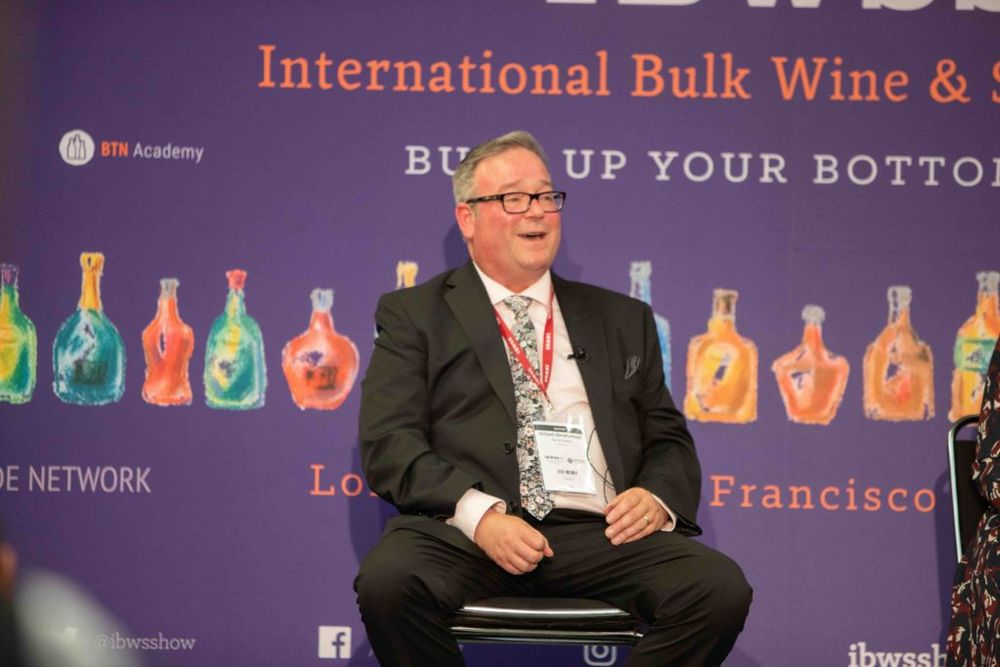
Bill Abrahamson of Liquors Plus says it is vital private label offers something unique to its customers
For Liquors Plus chain, margin enhancement and being able to bring their customers exclusive products are the two principal considerations. “We are dedicated to looking to bring our customers something special, something they can’t get somewhere else,” said senior wine buyer Bill Abrahamson.
Kelly emphasised that in addition to the retail customer, suppliers must also consider the end-user. “You have to know your customer and who you are marketing to – your end-user, demographics, disposable income. It doesn’t matter what you like, it matters what your end-consumer likes,” said Kelly.
Maurice DiMarino, wine and beverage manager at Cohn Restaurant Group, said it is also important to developing special concepts beyond a successful private label brand, such as gift boxes and one-off presentation boxes to give an incentive to consumers to buy it.
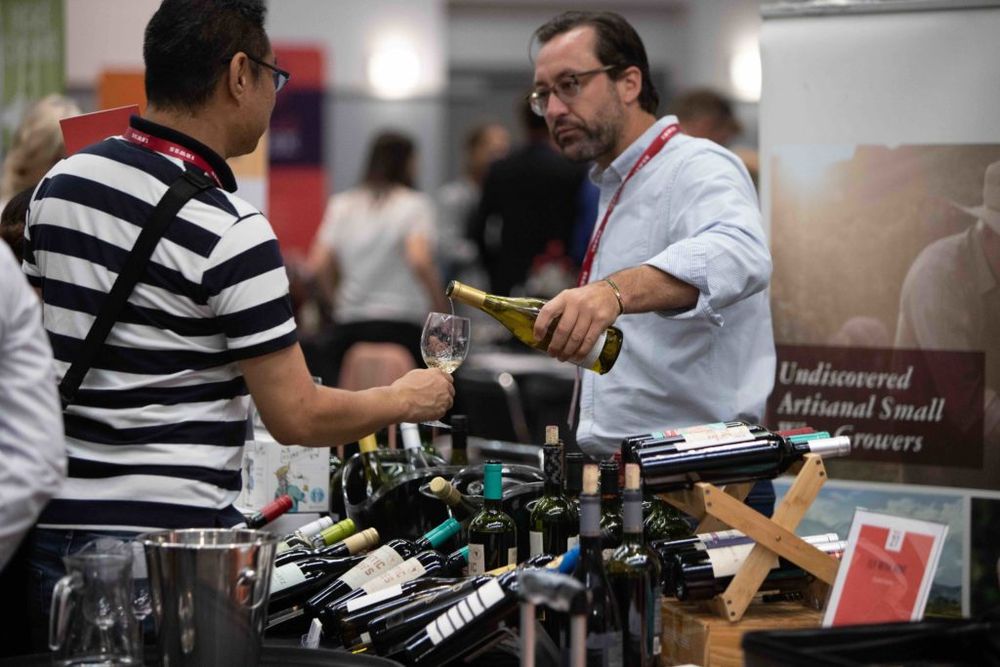
IBWSS exhibition in San Francisco attracted over 110 exhibitors from more than 15 countries looking to grow their bulk and private label business in the US market.
Right place at the right time
Finally, you need to be prepared to follow any private label project right through to the end, stressed Lorenzi.
“You’ve sat down with the customer and you’re successful, you’ve made the deal, but wait … they’ll have a few questions. And this is where things get difficult,” he explained. Just as the end consumer has become more discerning so too have retail and restaurant buyers. With private label, they are looking to minimise their risk as much as they are margin, so that source of supply and timing of delivery can make or break a private label business relationship.
It’s paramount that a supplier should be able to guarantee it can deliver the product on time for the buyer. It’s therefore vital for any supplier to plan ahead and ensure they have enough stock in their supply chain which is scalable if and when the brand grows. This, along with on-time deliveries have become more important to private labels buyers than a brand story. Lorenzi suggested that to best manage customer expectations, suppliers should work closely with distributors to ensure that the retail or restaurant outlet has access to stock.
If you can make that side of the relationship as straightforward and watertight as a supplier as possible then you will ensure you have a lasting partnership.
